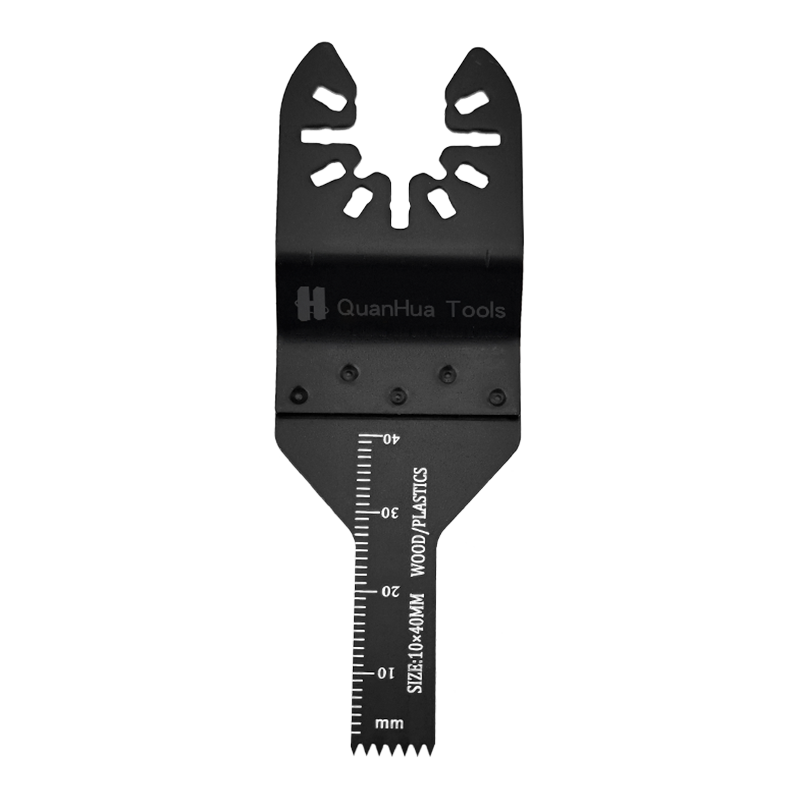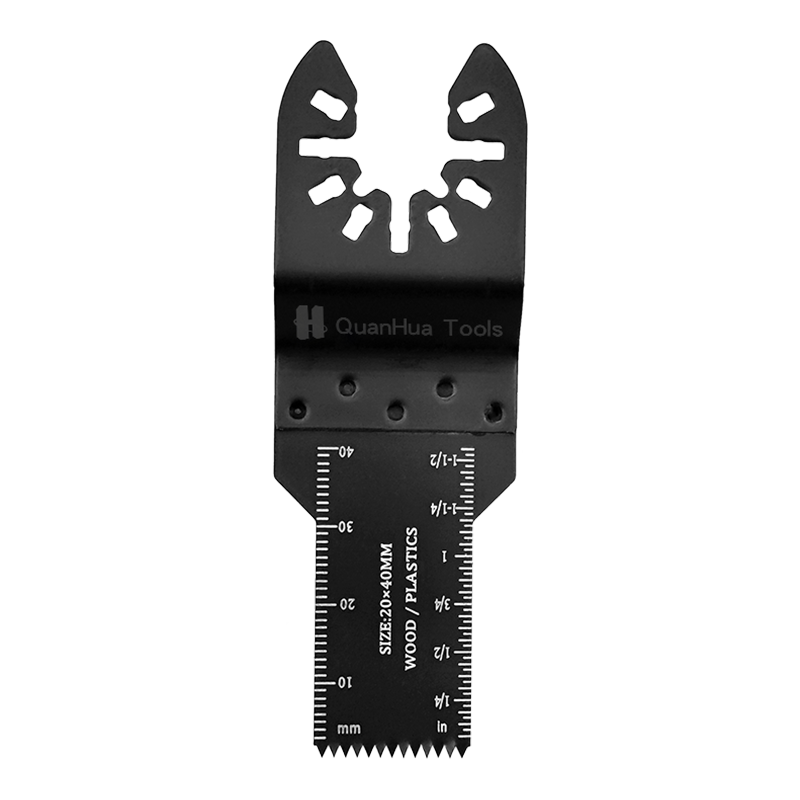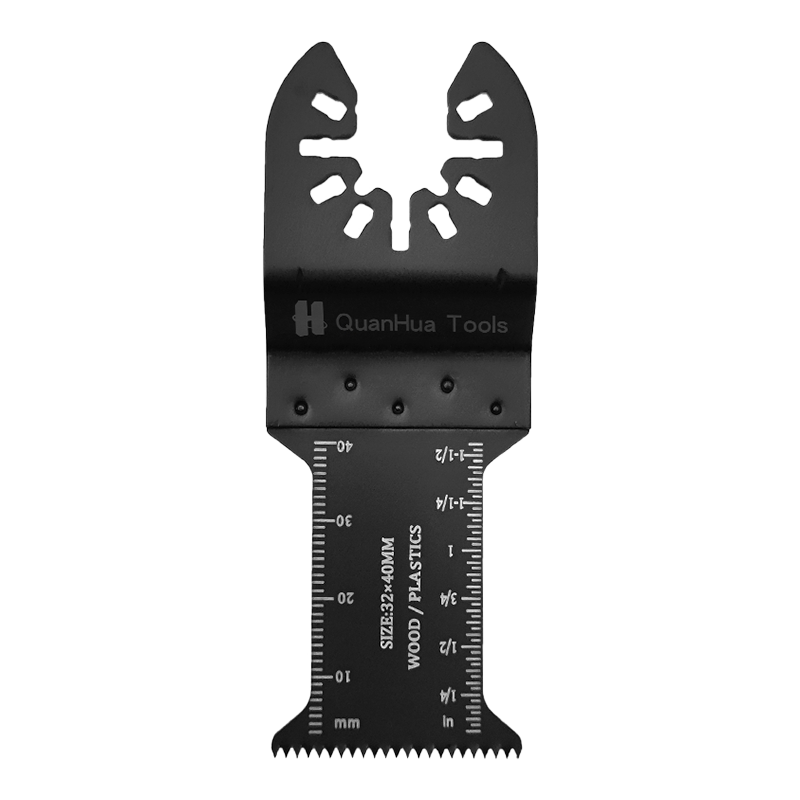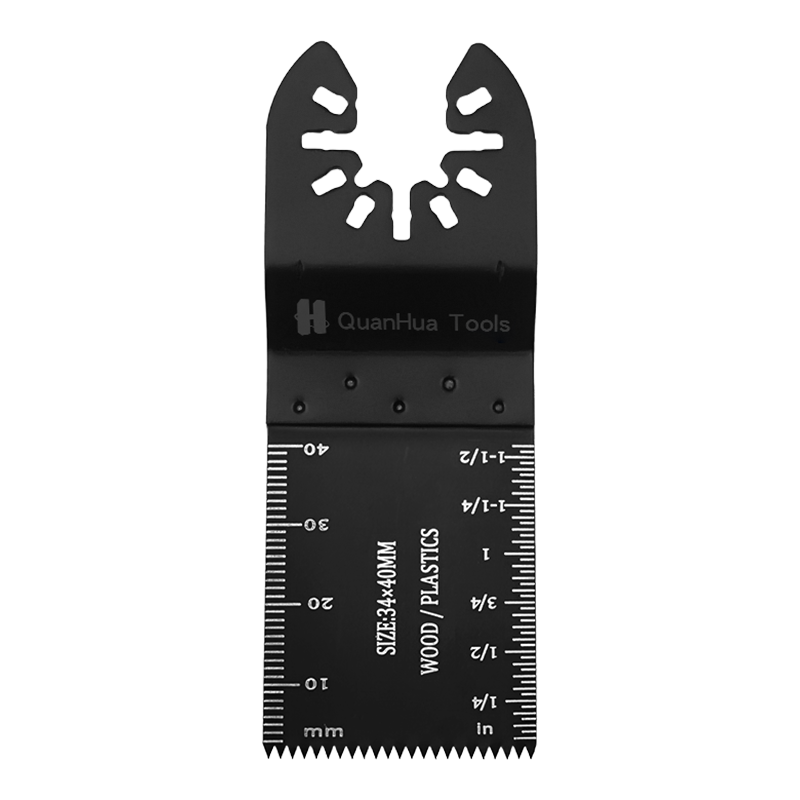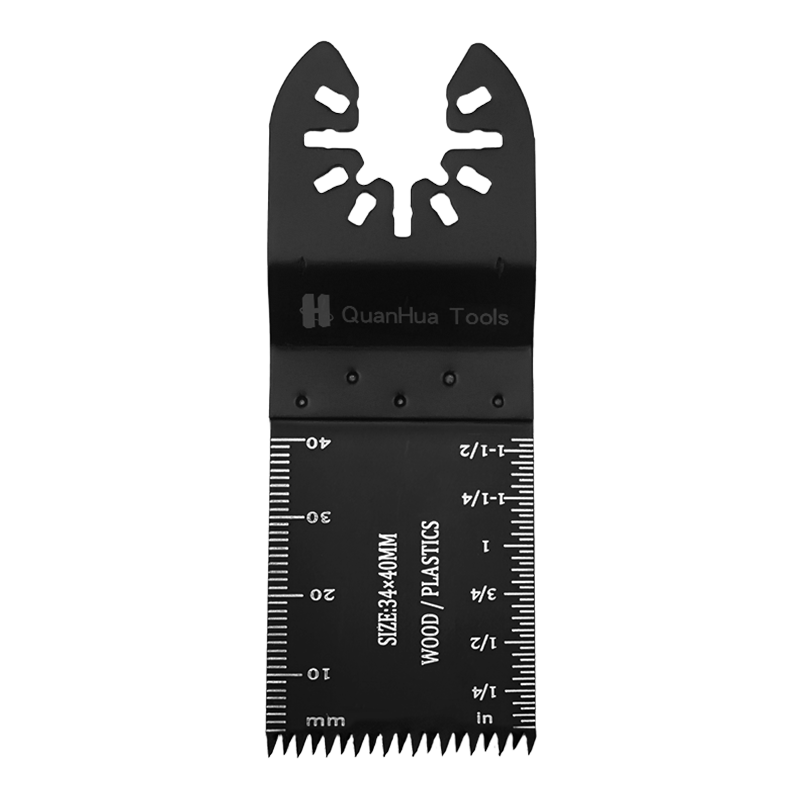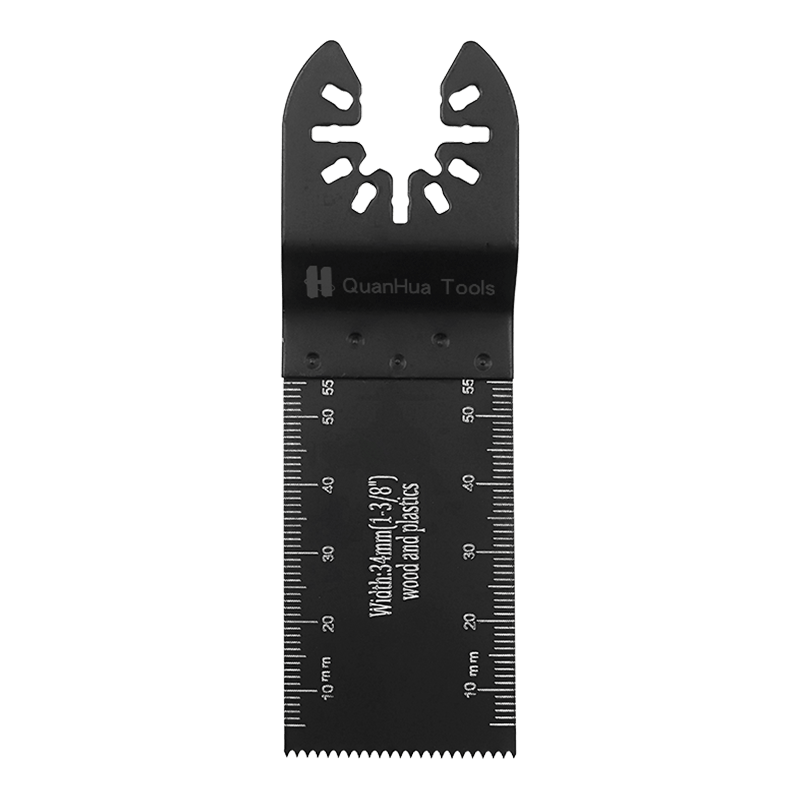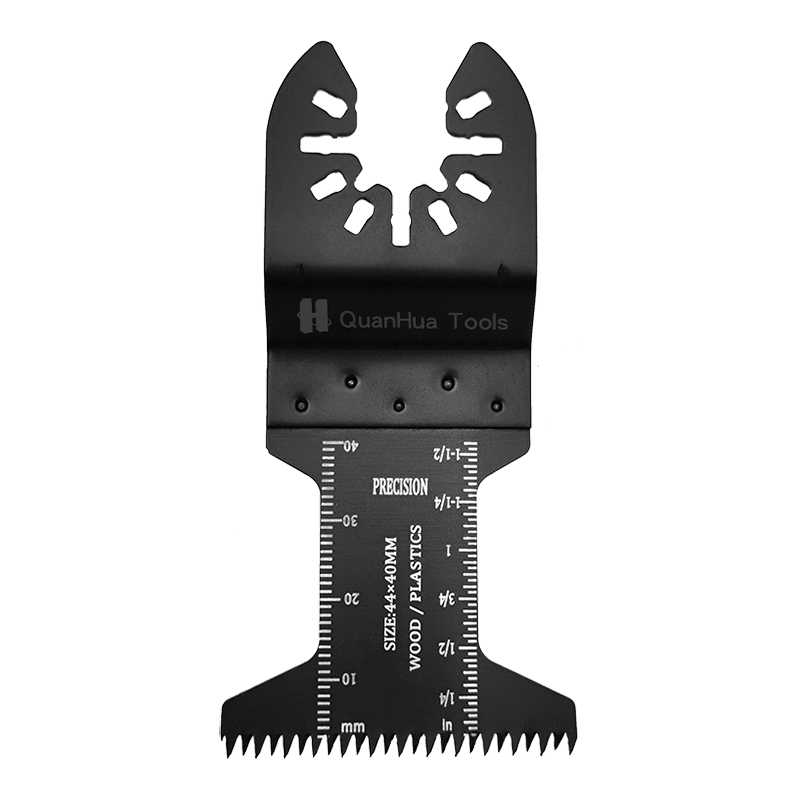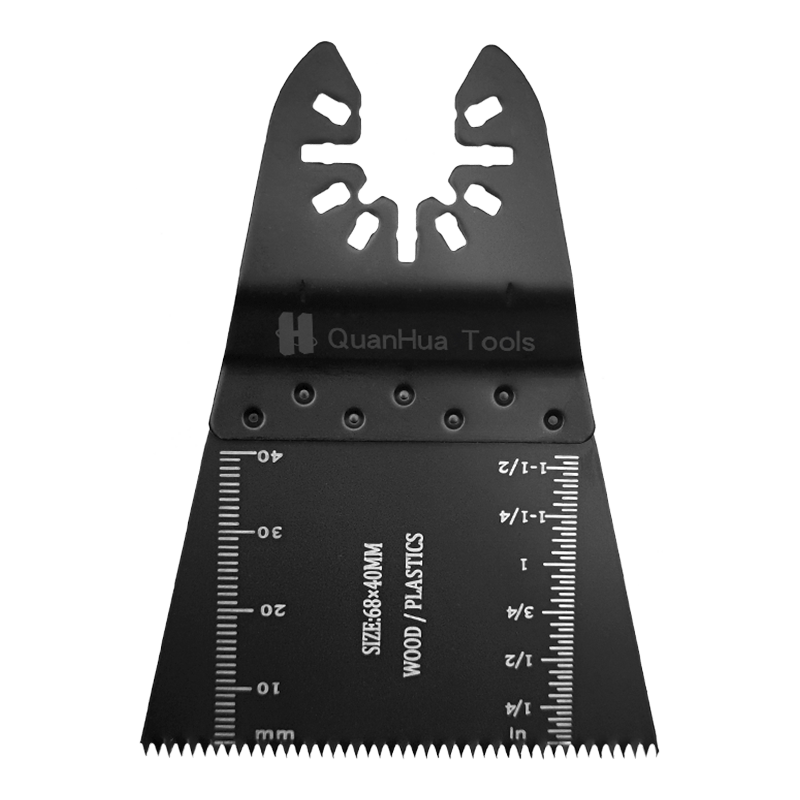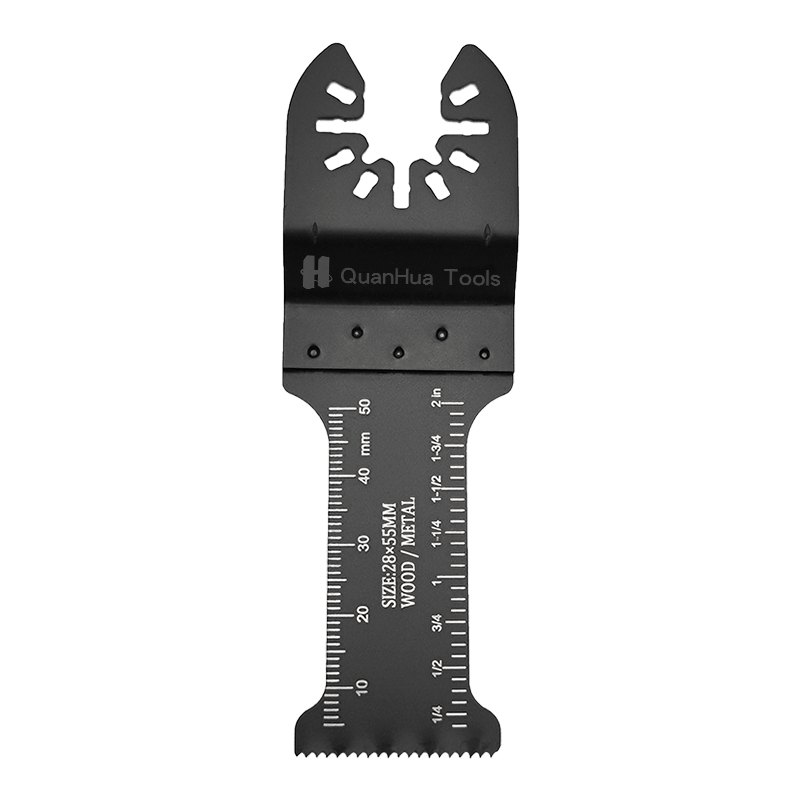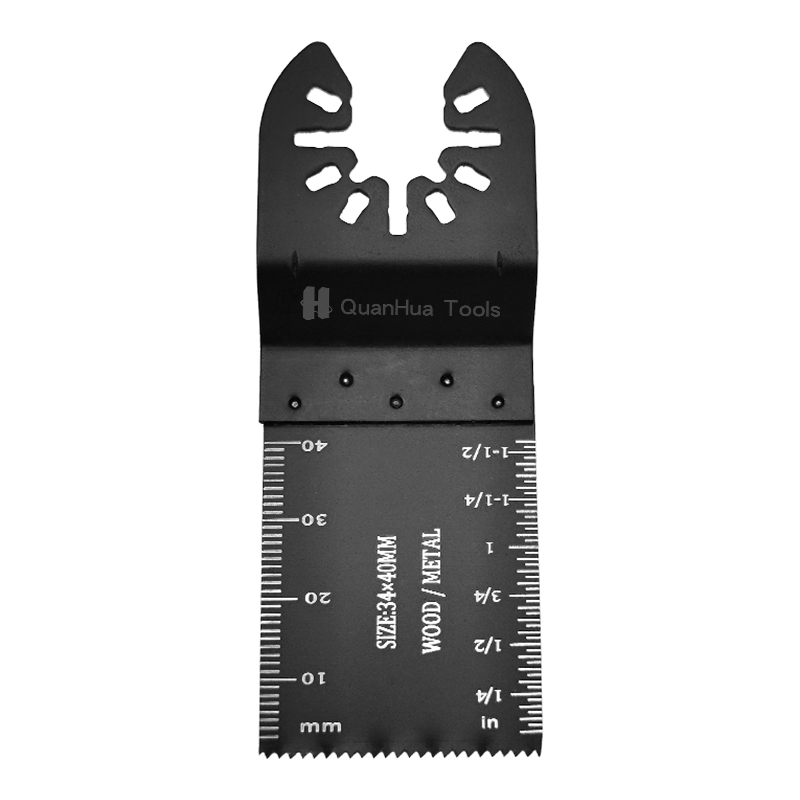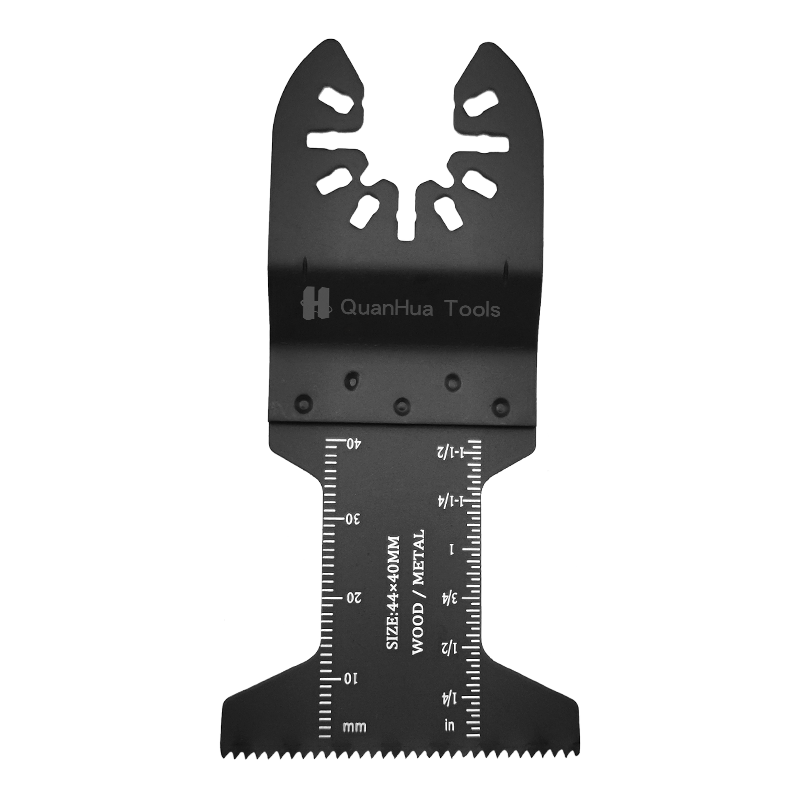1. Introduction
Oscillating multitools have become a must-have for DIYers and professionals alike. Their compact size, versatility, and ability to handle precision cuts in tight spaces make them ideal for a wide range of tasks. Their effectiveness heavily depends on the blade kit you use. Choosing the right oscillating saw blade kit can save you time, effort, and money—and ensure your project gets done right the first time.
2. Understand the Types of Oscillating Saw Blades
Knowing the different types of blades is the foundation for choosing the right kit:
Bi-Metal Blades: Designed for cutting both wood and metal. Great for tasks like removing nails embedded in wood or slicing through pipes and screws.
Carbide Blades: Ultra-durable blades for tough materials like grout, masonry, cement board, and hardened screws.
Wood/Plastic Blades: Ideal for fast, clean cuts in softer materials. Often made with high-carbon steel (HCS).
Precision Blades: Thinner and finer teeth for clean, detailed cuts in softwood, hardwood, and plastic.
Scraper Blades: Used for removing adhesives, caulk, and paint layers.
Sanding Pads: Turn your multitool into a sander—great for finish work and prepping surfaces.
Each blade type serves a unique purpose, so make sure your kit includes a good mix or the specific types your project needs.
3. Match the Blade to Your Project
Choosing blades based on project requirements ensures efficiency and quality. Here’s what to consider:
Home Renovation:
Use bi-metal blades for cutting nails, drywall, or baseboards.
Carbide blades help when removing tile grout or cutting cement board.
Woodworking:
Go with precision blades for clean edge cuts.
Semi-circular blades are great for flush trimming or plunge cuts.
Plumbing & Electrical Work:
Narrow blades can help you cut access holes in drywall or wood quickly and cleanly.
Demolition/Remodeling:
You'll need heavy-duty carbide or titanium-coated blades for prolonged use.
Pro Tip: Always plan your cut type—flush, plunge, or curved—and choose blade shape accordingly.
4. Check Blade Compatibility
Not all blades fit all multitools. Here’s how to ensure compatibility:
Universal Fitting: Many kits claim to be "universal," but always verify compatibility with your tool's brand.
Popular Brands Compatibility:
Look for compatibility with DeWalt, Milwaukee, Makita, Bosch, Fein, Ryobi, etc.
Starlock blades (e.g., Fein, Bosch) require specific Starlock-compatible tools.
Quick-Release Tools: If your multitool has a quick-change system, make sure the blades fit without an adapter.
Before buying, check if your multitool needs a specific adapter or mounting system.
5. Consider Kit Size and Variety
A good kit isn’t just about quantity—it’s about versatility:
Small Kits (5–10 pieces):
Good for specific jobs or occasional use.
Choose one focused on wood or metal cutting.
Medium Kits (15–25 pieces):
Ideal for most home DIYers.
Offer a variety of shapes and materials.
Large Kits (30+ pieces):
Best for contractors or ongoing renovation work.
Include specialty blades, sanding attachments, and more.
Ensure the kit includes multiple blade types, shapes, and sizes, so you're ready for any task.
6. Material and Build Quality
Blade performance is largely dictated by material and build quality:
High-Carbon Steel (HCS): Great for wood and soft materials, but dulls quickly on metal.
High-Speed Steel (HSS): Better for cutting harder materials.
Carbide Grit/Tooth: Extremely durable and suitable for abrasive surfaces.
Titanium Coating: Enhances heat resistance and prolongs blade life.
Weld Quality: Poorly welded blades can snap during use—choose kits with solid, clean welds.
Look for durability over price. Cheap blades wear out faster, increasing long-term costs.
7. Look at Value for Money
Don’t just buy the cheapest kit—evaluate the overall value:
Price per Blade: Divide the total price by the number of quality blades.
How Many Blades Will You Actually Use?: Some large kits inflate blade count with low-use items.
Replacement Cost: Check if the blades can be bought separately for future replacement.
For professionals, investing in a premium kit pays off over time. For casual users, mid-range kits may offer the best value.

